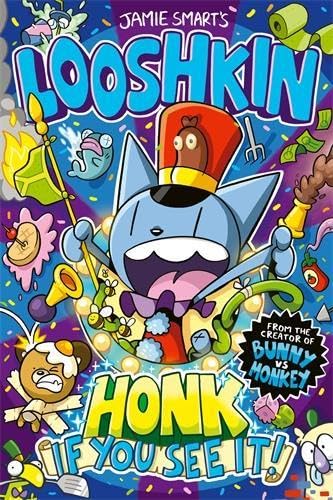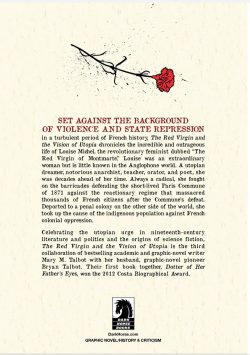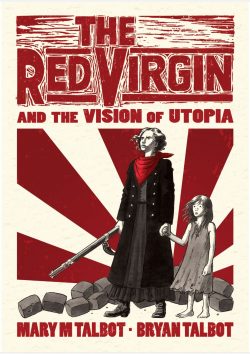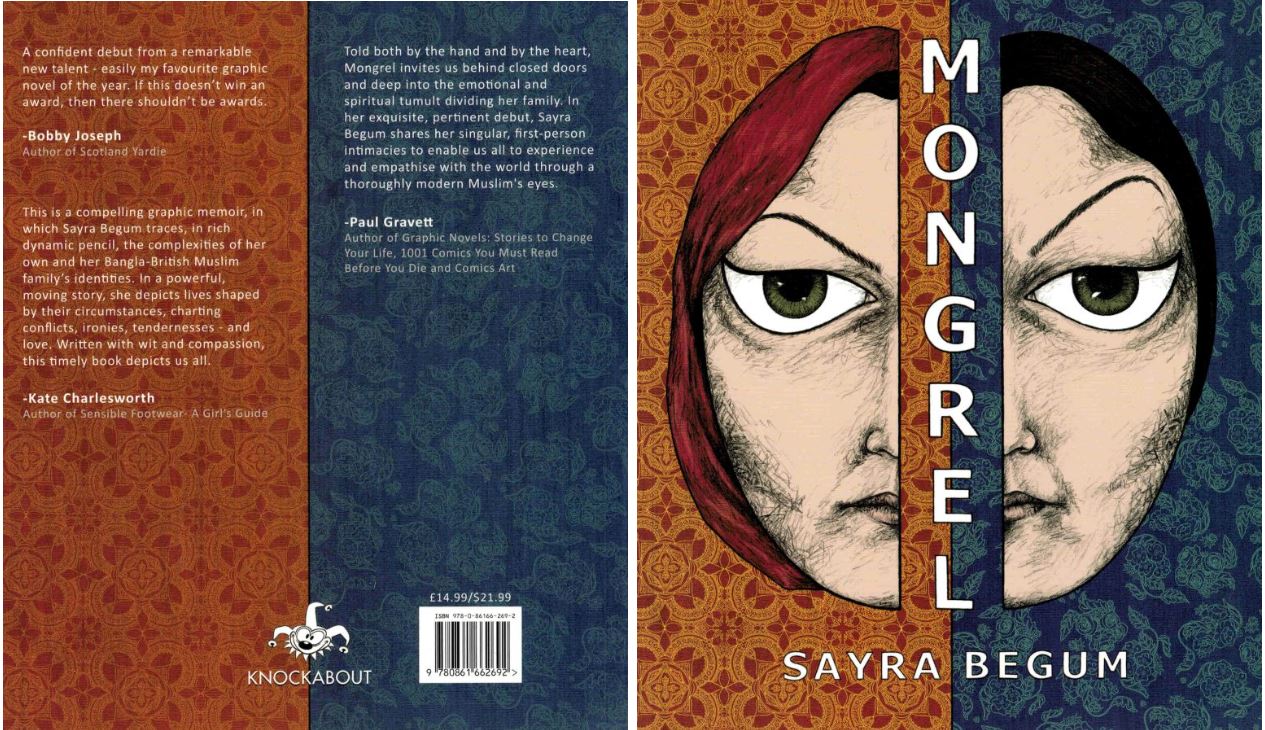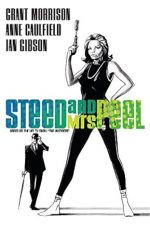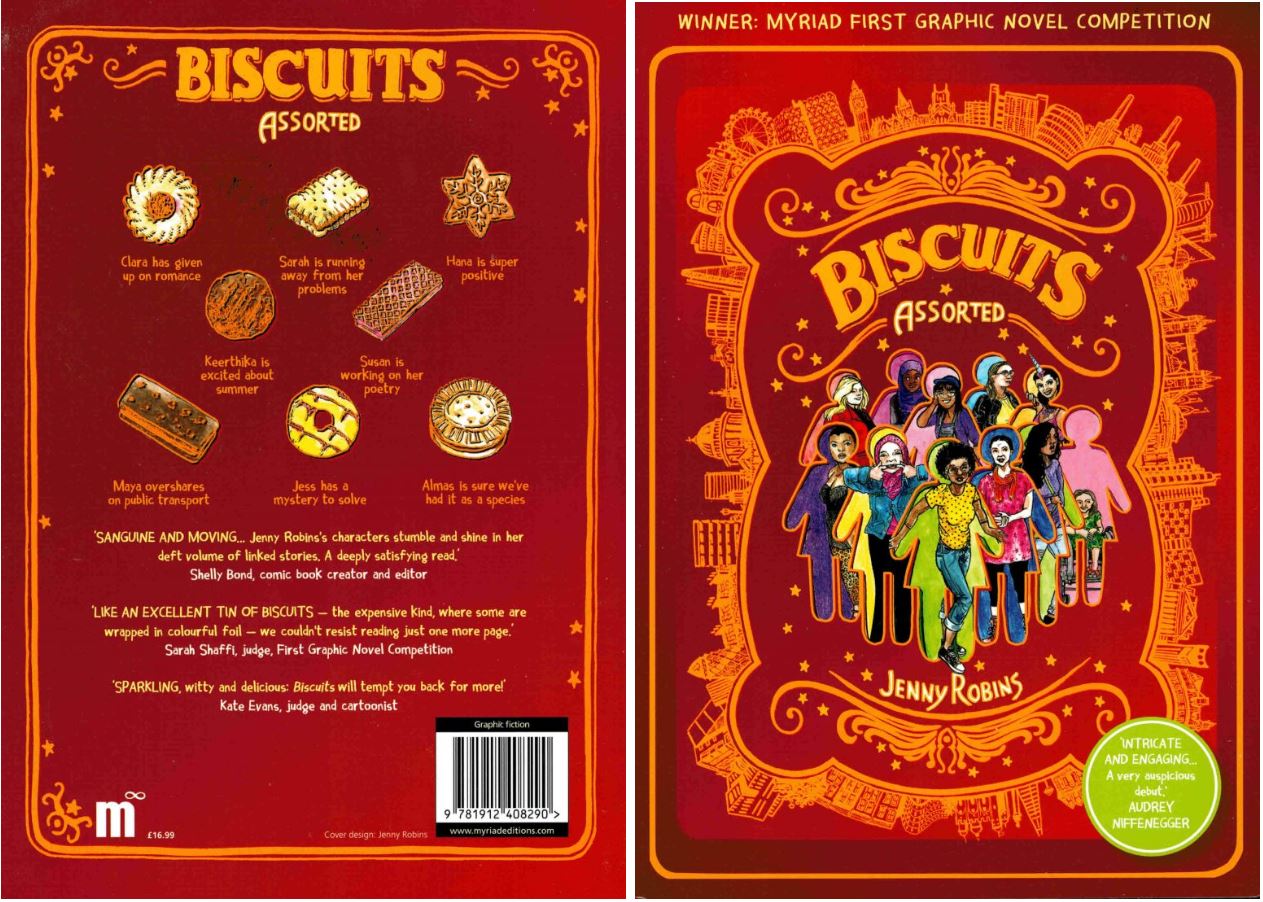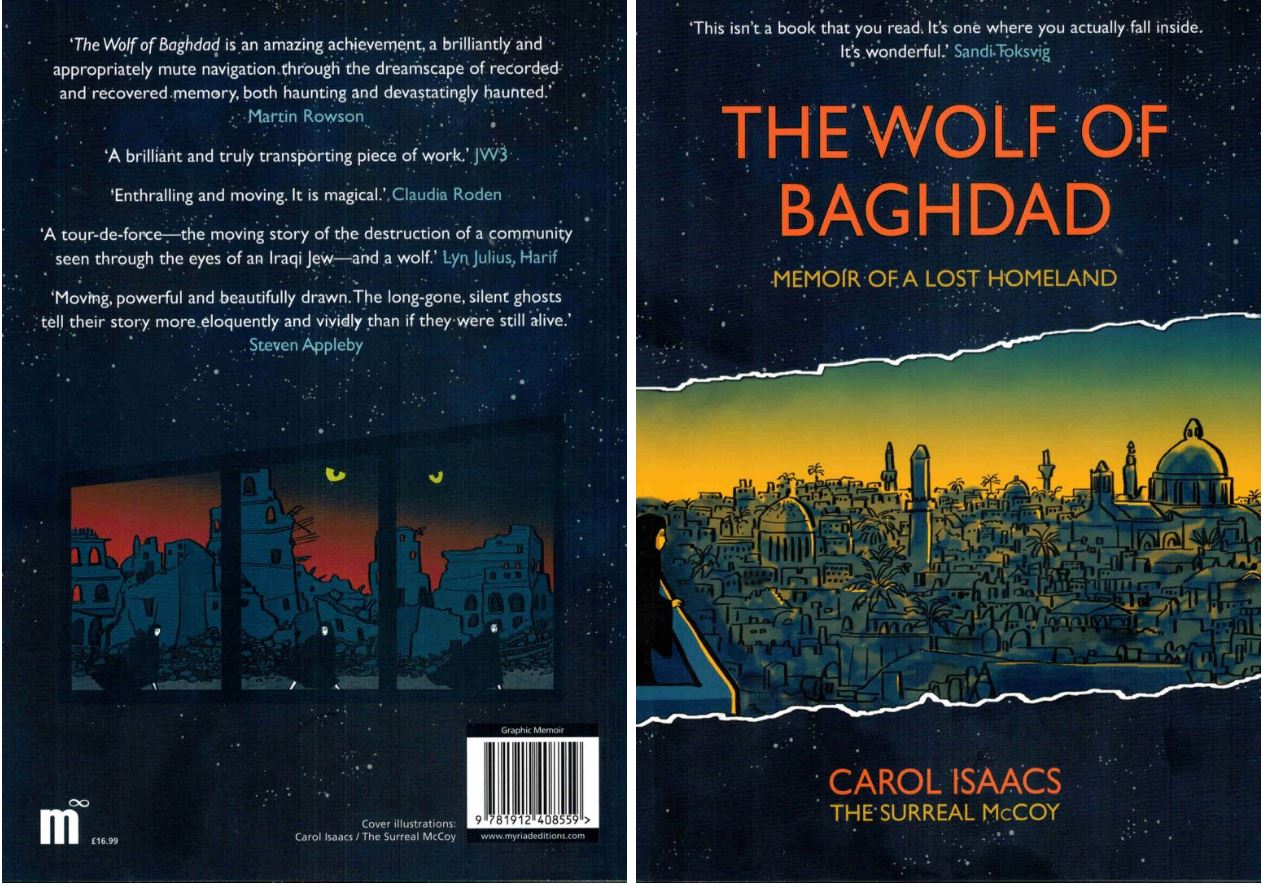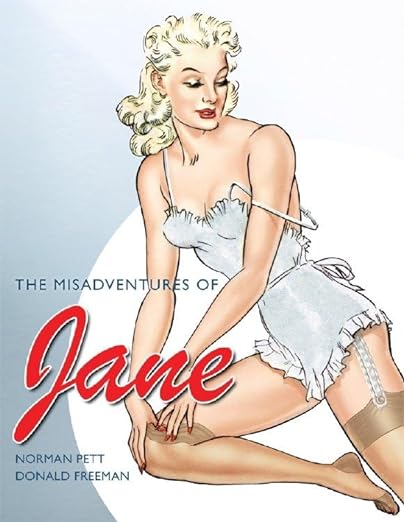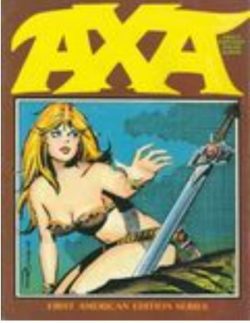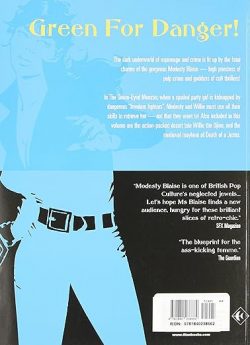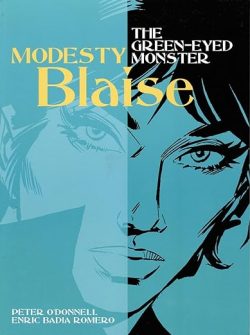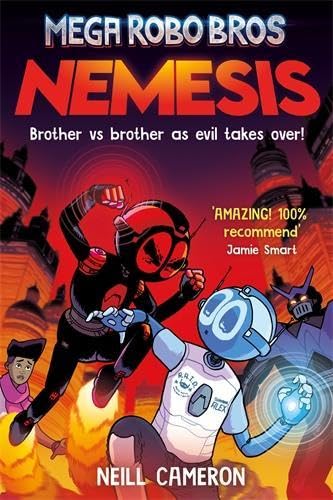
By Neill Cameron & various (David Fickling Books)
ISBN: 978-1-78845-315-8 (TPB)
Mighty in metal and potent in plastic, here’s the latest upgrade in this sterling, solid gold all-ages sci fi saga from Neill (Tamsin of the Deep, Pirates of Pangea, How to Make Awesome Comics, Freddy) Cameron. Perfect purpose-built paladins, the mecha-miraculous Mega Robo Bros find that even they can’t punch out intolerance or growing pains in these electronic exploits balancing frantic fun with portents of darker, far more violent days to come…
It’s still The Future! – but maybe not for much longer…
In a London far cooler but just as embattled as ours, Alex and his younger brother Freddy Sharma are notionally typical kids: boisterous, fractious, perpetually argumentative yet still devoted to each other. They’re also not too bothered that they’re adopted. It’s really no big deal for them that they were meticulously and covertly constructed by the mysterious Dr. Roboticus before he vanished, and are considered by those “in the know” as the most powerful – and only fully SENTIENT – robots on Earth. Of course, ultimately events conspire to challenge that comforting notion…
Dad is just your average old guy who makes lunch and does a bit of writing (he’s actually an award-winning journalist), but when not being a housewife, Mum is pretty extraordinary herself. Surprisingly famous and renowned robotics boffin Dr. Nita Sharma harbours some shocking secrets of her own…
Life in the Sharma household aims to be normal. Freddy is insufferably exuberant and over-confident, whilst Alex is at the age when self-doubt and anxiety hit hard and often. Moreover, the household’s other robot rescues can also be problematic. Programmed to be dog-ish, baby triceratops Trikey is ok, but eccentric French-speaking ape Monsieur Gorilla can be tres confusing, and gloomily annoying, existentialist aquatic waterfowl Stupid Philosophy Penguin hangs around ambushing everyone with quotes from dead philosophers…
The boys have part-time jobs as super-secret agents, although because they aren’t very good at the clandestine part, almost the world now knows them. However, it’s enough for the digital duo that their parents love them, even though they are a bit more of a handful than most kids. They all live as normal a life as possible: going to human school, playing with human friends and hating homework. It’s all part of their “Mega Robo Routine”, combining dull human activities, actual but rare fun, games-playing, watching TV and constant training in the combat caverns under R.A.I.D. HQ. Usually, when a situation demands, the boys carry out missions for bossy Baroness Farooq: head of government agency Robotics Analysis Intelligence and Defence. They still believe it’s because they are infinitely smarter and more powerful than the Destroyer Mechs and other man-made minions she usually utilises.
Originally published in UK weekly comic The Phoenix, the saga reopens with the lads’ reputations as global heroes increasing coming under fire and into question. After defeating dangerous villains like Robot 23 and thwarting a robot rebellion sparked by artificial life activist The Caretaker, the Bros battled monstrous, deadly damaged droid Wolfram in the arctic and learned he might be their older brother. Even so, they had to destroy him; leaving Alex deeply traumatised by the act…
Over the course of that case they learned that fifteen years previously their brilliant young roboticist Mum worked under incomparable but weird genius Dr. Leon Robertus. His astounding discoveries earned him the unwelcome nickname Dr. Roboticus and perhaps that’s what started pushing him away from humanity. Robertus allowed Nita to repurpose individually superpowered prototypes into a rapid-response team for global emergencies. Their Mum had been a superhero, leading manmade The Super Robo Six and while saving lives with them she first met crusading journalist/future husband Michael Mokeme. He proudly took her name when they eventually wed…
Robertus was utterly devoid of human empathy but – intrigued by the team’s acclaim and global acceptance – created a new kind of autonomous robot. Wolfram was more powerful than any other construct, and equipped with foundational directives allowing him to make choices and develop his own systems. He could think, just like Alex and Freddy can. Only, as it transpired, not quite…
When Robertus demoted Nita and made Wolfram leader of a new Super Robo Seven, the result was an even more effective unit, until the day Wolfram’s Three Directives clashed during a time-critical mission. Millions of humans paid the price for his confusion and hesitation…
In the aftermath, R.A.I.D. was formed. They tried to shut down Robertus and decommission Wolfram, but the superbot rejected their judgement, leading to a brutal battle, the robot’s apparent destruction and Roboticus vanishing…
As the boys absorbed their “Secret Origins” Wolfram returned, attacking polar restoration project Jötunn Base. It covered many miles and was carefully rebalancing the world’s climate, when Wolfram took it over: reversing the chilling process to burn the Earth and drown humanity. Ordered by Baroness Farooq to stay put and not help, Alex and Freddy rebelled, but by the time the Bros reached Jötunn, Wolfram had crushed a R.A.I.D. force led by their friend Agent Susie Nichols. After also failing to stop the attacker, kind contemplative Alex found a way to defeat – and perhaps, destroy – his wayward older brother and save humanity…
Their exploit made the Bros global superstars and whilst immature Freddy revels in all the attention Alex is having trouble adjusting: not just to the notoriety and acclaim, but also the horrifying new power levels he achieved to succeed and also the apparent onset of robot puberty. It’s afflicted him with PTSD…
A drawing together of many long-running plot threads, Nemesis opens with a potential disaster in the city as human intolerance breaks out everywhere. As this penultimate epic begins, friction between the brothers is constantly building: petty nagging spats that seem pointless but are driving a wedge between them. It’s not helping that a growing faction of people -calling themselves “Humanity First” are actively agitating to get rid of all robots, and their spokesman is targeting the Bros specifically as a threat to mankind on the R-Truth show, and is particularly hateful about Alex’s well-publicised friendship with the next king of Britain, Crown Prince Eustace.
Peril increases after both the fleshy and metallo-plastic members of the Sharma clan start a well-deserved holiday in Brighton. As Alex nearly succumbs to a beach romance with ardent fan Erin and mischievous hijinks with her wayward sibling Finn, a trip to the robotic Steel Circus leads to an accidental but catastrophic encounter with old foes the Bros had completely forgotten even existed…
The consequent riot is readily contained, but the clowns the kids capture at the end clearly don’t have the ability to do what has just been done and the return home is fraught and pensive…
As school starts again, The Baroness calls a conference to discuss the rise in anti-automaton hate crimes, before – in a bid to promote inclusivity – ordering Alex and Freddy to appear on TV show Mega Robo Warriors. Sadly, it’s all another trap and as Freddy delightedly trashes a host of war bots, his self-control starts to slip and Alex realises his hostile attitudes and violent reactions have been building for some time…
Soon after, a protest by Humanity First at Tilbury Port is deliberately escalated into a full-on meat vs metal riot, and Freddy goes apparently berserk, attacking humans trashing helpless mech droids. What might have happened next is thankfully forestalled when all the robots – including R.A.I.D.’s police drones – are corrupted by the perniciously hostile Revolution 23 virus. Total chaos is only avoided when Wolfram appears to offer all liberated machines sanctuary in his robot republic Steelhaven: a cloaked robot utopia of liberated mechanoids that has declared independence from humanity.…
Clashes between the brothers are almost constant when Alex decides to forget his troubles for a day and go out with his friends Taia and Mira…and – under duress – Freddy. The trip to Camden Lock is spiced up by a holographically incommunicado Prince Eustace, and provides a vast bonus when Mira finds a junked bot and works out the secret of the Revolution 23 Malware. It’s just in time to see common people begin to turn on Humanity First’s fanatics…
Thanks to Mira, the battling Bros finally have a lead on the mastermind behind all their current woes, but Freddy’s emotional problems have reached a point where he just won’t be talked down. Fired by righteous fury, the younger bot blasts off, hot-headedly streaking into another trap by their most cunning and patient foe. Descending into rage and madness, he begins razing London, and Alex realises that to stop his to little brother he may have to destroy him…
How that all works out sets up the saga for a spectacular finale, so let’s stop here with the now-mandatory “To Be Concluded…”
Crafted by Cameron and colouring assistant Austin Baechle (with a cohort of robots designed by readers of The Phoenix), this rip-roaring riot isn’t quite over yet. Adding informational illumination are activity pages on ‘How To Draw Robot 23’ and ‘How To Draw Mr. Donut’, and a bonus Preview selection of what the periodical Pheonix has to offer
Bravely and exceedingly effectively interweaving real world concerns by addressing issues of gender and identity with great subtlety and in a way kids can readily grasp, this epic yarn blends action and humour with superb effect. Excitement and hearty hilarity is balanced here with poignant moments of insecurity and introspection, affording thrills, chills, warmth, wit and incredible verve. Alex and Freddy are utterly authentic kids, irrespective of their origins, and their antics and anxieties strike exactly the right balance of future shock, family fun and superhero action to capture readers’ hearts and minds. What movies these tales would make!
Text and illustrations © Neill Cameron 2024. All rights reserved.
Mega Robo Bros Nemesis will be released on May 2nd 2024 and is available for pre-order now.

